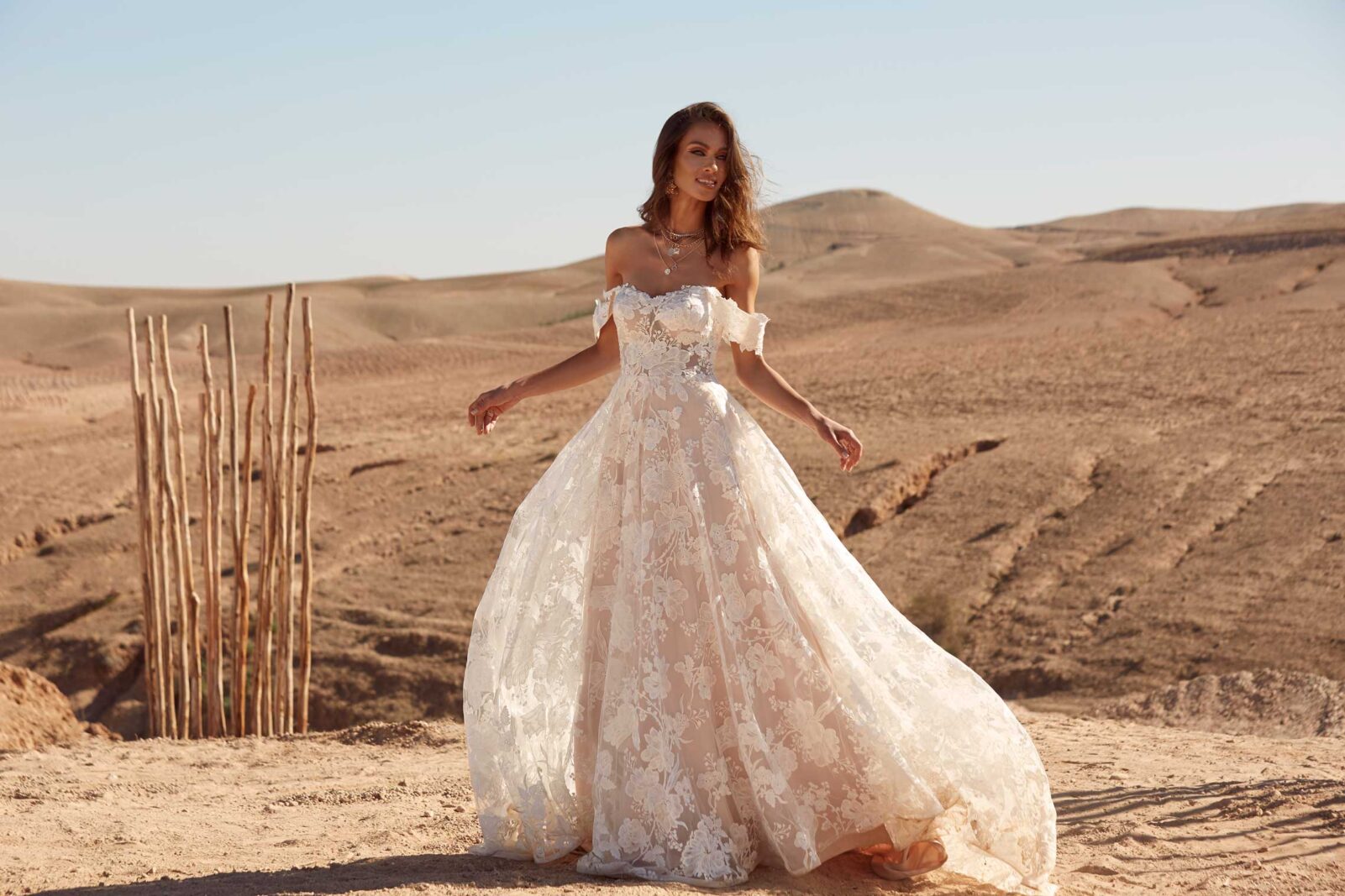Girls start picturing their wedding with a dream prince right from their teenage. This is at this tender age, the seed for their dream wedding gown is sown. Looking at the brides at other’s weddings, turning pages of a magazine, etc keep shaping and reshaping this vision.
Even when finally a girl is engaged, ready to marry her man, the most thought goes into deciding the perfect wedding dress. The best style, best design, and the best fabric, she wants perfection in everything and SilkWorld Australia always stands out on perfection.
After all, it is her special day and she has all the right to get the most beautiful look of her life. While some brides-to-be know exactly what dress they want, some are unsure and some even have no clue. Also, the endless variety in the market makes your decision even more perplexing and difficult.
So how do you make the final call? Well! Fabric can be an easy way to start with. If you can decide on the material your dress will be made of, you will have a much smaller pool of dresses to pick from. Also, the fabric you choose gives you an idea of what styles you can play with. Here are some tips to help you choose the right fabric to style your wedding gown.
1. Take a note of the season
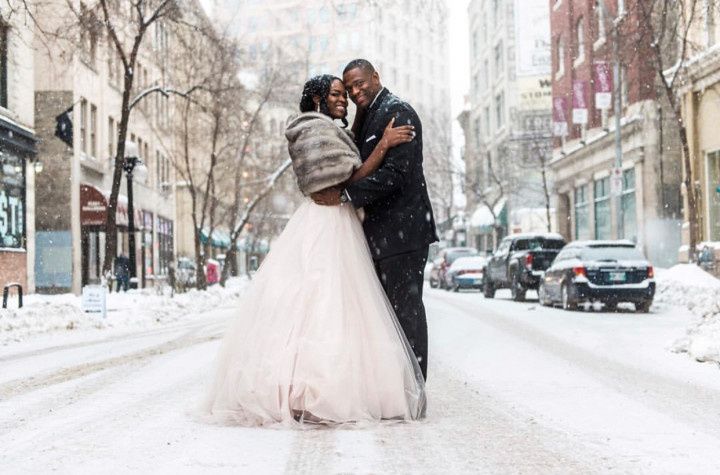
The season that you are marrying in plays a vital role in settling down to the fabric for the dress. If you are having a winter wedding, you would like to choose a heavier fabric that not only makes you look good but also keeps you warm. The Jacquard is a great option that goes perfectly with regal, formal, and even semi-formal settings.
To add more luxury, you can also go for velvet, for the entire dress or only accessories like hand muffs and shrugs. For a summer wedding, you would need a lightweight and breathable fabric like batiste and georgette that will keep you cool and fresh.
2. For delicate designs, choose structured fabric
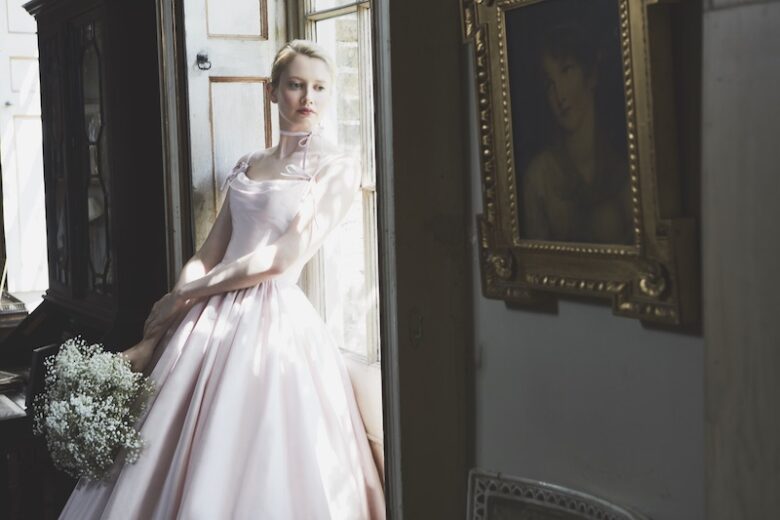
Brides with a great figure often choose a form-fitting style like a mermaid that flaunts their curves and silhouette beautifully. For dresses that have such fitted bodice and maintain that well-defined silhouette, the structured fabric is what you need. You can pick satin as it is heavy with little shine and gives you a perfect shape for a formal wedding. However, it is warm and would not be suitable for summer weddings.
For hot season weddings, you can choose lighter fabrics such as taffeta, which works great with full skirts, or organza, which is similar to chiffon but its stiffness makes it suitable for veils and trains.
3. Go for soft fabric for a simple dress
Soft bridal fabrics are perfect if you want your dress to be flowy instead of structured. Pick chiffon for simple summer-wedding dresses as it is light and sheer. You can also go for a charmeuse that has a lot of bling for a luxurious look.
Another option for unstructured dresses is tulle. It is also light and sheer and makes a great material for veils and long skirts. No matter what fabric you choose for a simple flowy dress, lace is versatile and perfect to embellish all.
4. Choose the style
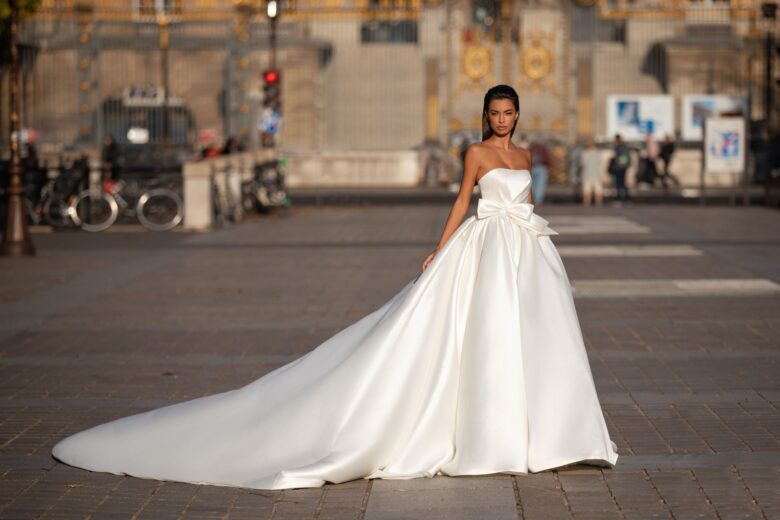
If you’ve always wanted to have a formal wedding, you should definitely check into damask gowns. Another jacquard fabric that is more lightweight than brocade and can be worn all year.
If you want your gown to have structure, you might want to consider the strength of the faille to maintain it in shape. If you want to go for a more modern look, choose a dress with a less traditional shape and let the fabric speak for itself.
A simple cocktail dress composed of thick embroidered lace will have all the elegance of a full gown while being less formal. Another easygoing option is cotton, which is ideal for a lovely beach ceremony among friends.
5. Decide if you want to prefer a theme
There are countless themes to choose from, but a select few have emerged as the most popular in recent years. Vintage weddings are becoming increasingly trendy. For this appearance, choose traditional textiles like silk, satin, or crepe.
Lace or chiffon can give your outfit a dreamy, airy quality if you’re striving for a more boho look. If you’ve always wanted a fairytale wedding, textiles like taffeta, organza, tulle, and gazar can help you realize your fantasy.
There are many more fabric possibilities available, but the ones listed above are some of the most common. When you first walk into the bridal store, if you have an idea of the type of fabric you want, the assistants will have an excellent place to start helping you.
6. Always keep the practical scenarios in mind
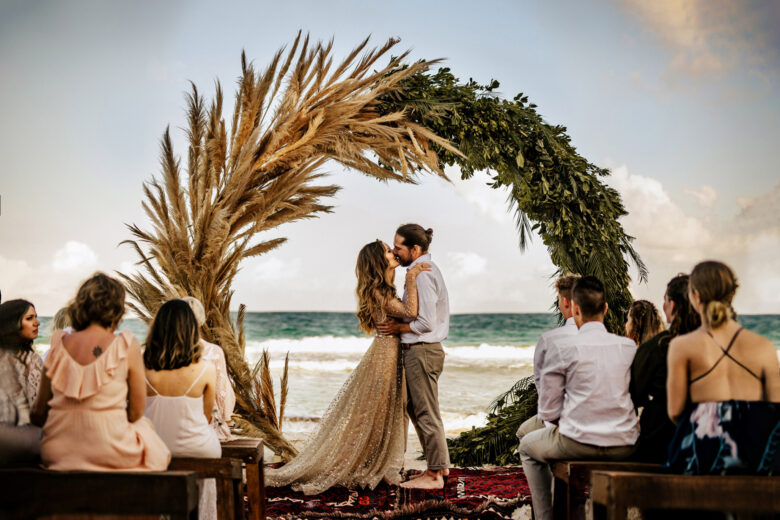
When studying different fabric kinds, it will quickly become evident that some textiles are more suited to winter weddings, while others are better suited to summer weddings.
Because some fabrics allow for easy mobility while others are more structured, it’s critical to consider the type of wedding day you’re planning before selecting the correct fabric.
Before you choose a favorite fabric, discuss the following with your dressmaker so that you can choose the ideal fabric for your wedding gown together:
- The type of location:
- The season in which you will marry
- What kind of day you’re planning (active with a lot of dancing or more calm with a lot of sitting? Some textiles are prone to creases.)
- The type of outfit you want to wear
7. A list of the most popular fabrics
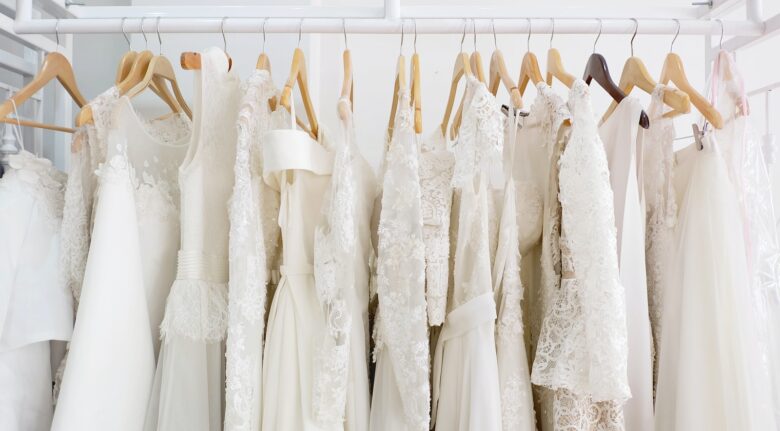
Because the type of fabric you choose can determine the silhouette of your wedding gown, how formal it is (or isn’t), and even how much it costs, it’s helpful to have a rough idea of your alternatives before visiting a bridal shop. Some most famous and preferred fabrics for wedding gowns:
- Tulle
- Crepe
- Silk
- Mikado
- Satin
- Organza
- Chiffon
- Lace


